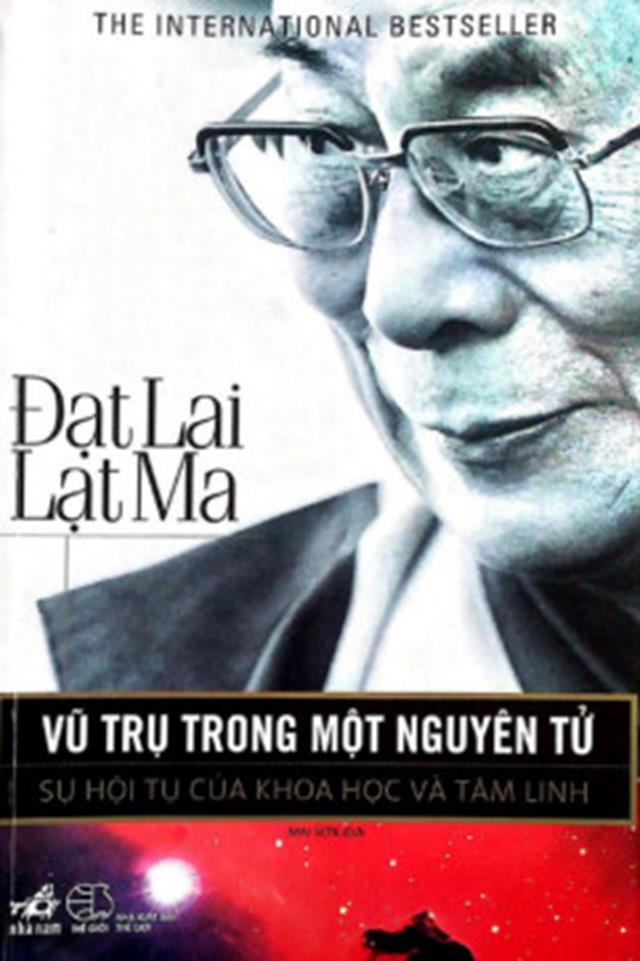What do you think?
Rate this book


Tenzin Gyatso, His Holiness the Fourteenth Dalai Lama, is the recipient of the Nobel Peace Prize and is both the temporal and spiritual leader of the Tibetan people. The Dalai Lama travels the world speaking on peace and interreligious understanding, giving Buddhist teachings, and meeting with political leaders as he works tirelessly on behalf of the Tibetan people. He resides in Dharamsala, India, and is the head of the Tibetan government-in-exile.
229 pages, Paperback
First published January 1, 2005
There is more to human existence and to reality itself than current science can ever give us access to.
“Science does have all the answers,” ...“The problem is that we don’t have all the science.”
If we take this criterion [the Popperian falsifiability thesis] seriously, then many questions that pertain to our human existence, such as ethics, aesthetics, and spirituality, remain outside the domain of science. By contrast, the domain of inquiry in Buddhism is not limited to the objective. It also encompasses the subjective world of experience as well as the question of values. In other words, science deals with empirical facts but not with metaphysics and ethics, whereas for Buddhism, critical inquiry into all three is essential.
And within this conceptual framework, anything that is not proven or affirmed by science is somehow either false or insignificant. Such views are effectively philosophical assumptions that reflect their holders’ metaphysical prejudices. Just as we must avoid dogmatism in science, we must ensure that spirituality is free from the same limitations.
For instance, if we examine our own conception of selfhood, we will find that we tend to believe in the presence of an essential core to our being, which characterizes our individuality and identity as a discrete ego, independent of the physical and mental elements that constitute our existence.
One Implicit assumption I have sometimes found in Western thought is that, in the story of evolution, human beings enjoy a unique existential status.
One area of possible research on meditation could be what the Tibetan tradition describes as the experience of the clear light state. This is a state of consciousness understood to be extremely subtle that manifests briefly in all human beings at the moment of death.
[...]
My own teacher Ling Rinpoche remained in the clear light of death for thirteen days; although he was clinically dead and had stopped breathing, he stayed in the meditation posture and his body showed no sign of decomposition.

I suppose my fascination for science still rests in an innocent amazement at the wonders of what it can achieve. From these beginnings my journey into science has led me into issues of great complexity, such as science’s impact on our understanding of the world, its power to transform human lives and the very earth we live on, and the awesome moral dilemmas which its new findings have posed. Yet one cannot and should not forget the wonder and the beauty of what has been made possible.